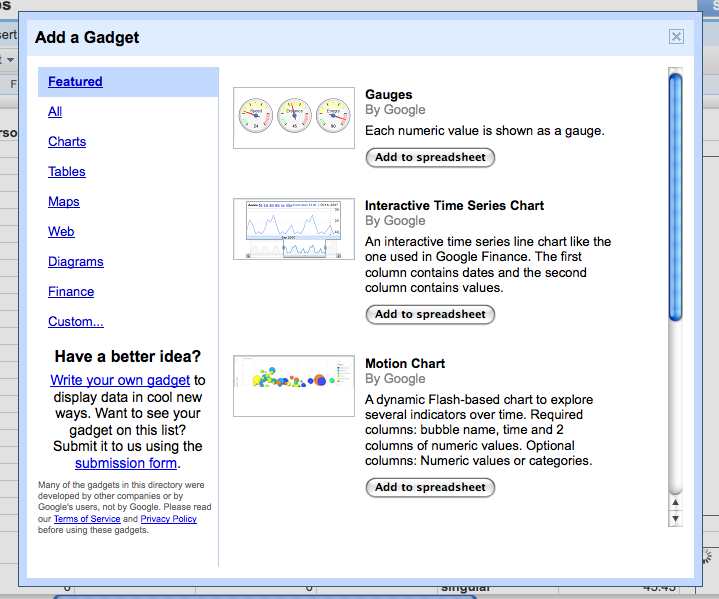Unthinkable a couple of years ago, and it still feels a bit April 1st: Blackboard has taken over the Moodlerooms and NetSpot Moodle support companies in the US and Australia. Arguably as important is that they have also taken on Sakai and IMS luminary Charles Severance to head up Sakai development within Blackboard’s new Open Source Services department. The life of the Angel VLE Blackboard acquired a while ago has also been extended.
For those of us who saw Blackboard’s aggressive acquisition of commercial competitors WebCT and Angel, and seen the patent litigation they unleashed against Desire 2 Learn, the idea of Blackboard pledging to be a good open source citizen may seem a bit … unsettling, if not 1984ish.
But it has been clear for a while that Blackboard’s old strategy of ‘owning the market’ just wasn’t going to work. Whatever the unique features are that Blackboard has over Moodle and Sakai, they aren’t enough to convince every institution to pay for the license. Choosing between VLEs was largely about price and service, not functionality. Even for those institutions where price and service were not an issue, many departments had sometimes not entirely functional reasons for sticking with one or another VLE that wasn’t Blackboard.
In other words, the VLE had become a commodity. Everyone needs one, and they are fairly predictable in their functionality, and there is not that much between them, much as I’ve outlined in the past.
So it seems Blackboard have wisely decided to switch focus from charging for IP to becoming a provider of learning tool services. As Blackboard’s George Kroner noted, “It does kinda feel like @Blackboard is becoming a services company a la IBM under Gerstner”
And just as IBM has become quite a champion of Open Source Software, there is no reason to believe that Blackboard will be any different. Even if only because the projects will not go away, whatever they do to the support companies they have just taken over. Besides, ‘open’ matters to the education sector.
Interoperability
Blackboard had already abandoned extreme lock-in by investing quite a bit in open interoperability standards, mostly through the IMS specifications. That is, users of the latest versions of Blackboard can get their data, content and external tool connections out more easily than in the past- it’s no longer as much of a reason to stick with them.
Providing services across the vast majority of VLEs (outside of continental Europe at least) means that Blackboard has even more of an incentive to make interoperability work across them all. Dr Chuck Severance’s appointment also strongly hints at that.
This might need a bit of watching. Even though the very different codebases, and a vested interest in openness, means that Blackboard sponsored interoperability solutions – whether arrived at through IMS or not – are likely to be applicable to other tools, this is not guaranteed. There might be a temptation to cut corners to make things work quickly between just Blackboard Learn, Angel, Moodle 1.9/2.x and Sakai 2.x.
On the other hand, the more pressing interoperability problems are not so much between the commodified VLEs anymore, they are between VLEs and external learning tools and administrative systems. And making that work may just have become much easier.
The Blackboard press releases on Blackboard’s website.
Dr Chuck Severance’s post on his new role.


